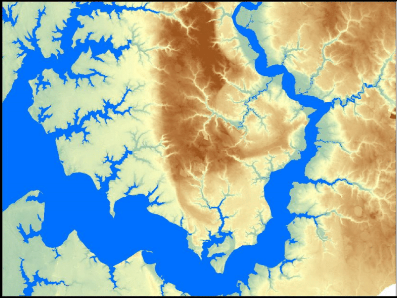This report provides a summary of the proceedings of a Science and Technical Advisory Committee (STAC) sponsored workshop on targeting advanced best management practices to benefit shallow water resources and explore potential refinements to the current CBP model segmentation strategy. This report also outlines specific recommendations identified by participants at the 2-day workshop, held in Frederick, Maryland on May 23-24, 2018.
This workshop provided an opportunity to evaluate whether the “triblet” concept (natural channels draining to tributaries along the transition zone connecting uplands to coastal waters and functioning as bioreactors) provides a useful basis for informing watershed management and advancing coastal research. Participants were varied in expertise, including watershed hydrology, estuarine circulation, biogeochemistry, and behavioral-economics. A significant portion of the workshop was dedicated to sharing insights to understand the role of triblets as bioreactors affecting the exchange between upland and coastal waters. Participants collaborated to identify key information gaps and research opportunities to advance Bay restoration.
Lessons learned and major findings from the workshop focused on the science gaps, as well as improvements to the Bay Program’s modeling strategy.
Revisiting Coastal Land-Water Interactions: The Triblet Connection

| Author: | Boomer, K., Boynton, W., Muller, A., Muller, D., Sellner K. |
| Keywords: | triblets, tributaries, Chesapeake Bay model, nutrient reduction, sediment reduction |
| Series: | CESR |
| Type: | workshop |
| Year: | 2019 |
